- World Population Review Newsletter
- Posts
- Insider Look: What Makes the World’s Safest Cities
Insider Look: What Makes the World’s Safest Cities
From data to design—how cities build trust, prosperity, and real safety.
Greetings, savvy seeker of safe havens!
Safety isn’t just a number — it’s the backbone of a thriving life. In this edition, we explore the world’s safest cities to reveal the secrets behind their success.
From smart governance and tight-knit communities to cutting-edge tech, these cities offer real lessons we all can use. Discover what makes them tick — and what that means for your next move, investment, or adventure.
Let’s dive in!
The news platform that doesn’t just keep you informed—it changes how you stay informed.
Ground News is a news comparison platform home to 50,000+ sources, enabling readers to compare coverage on any story while getting insight into a news source’s political bias, credibility, and ownership.
Join 1M+ readers who use Ground News to challenge their worldview and become more balanced, well-informed newsreaders.
Picture this: a city where safety isn’t an afterthought, but part of everyday life. That’s the reality in Tokyo, Zurich, and Singapore, where visionary governance transforms statistics into peace of mind.
🇯🇵 Tokyo’s decades of meticulous planning have fortified buildings against earthquakes, turned emergency drills into second nature, and built a culture of readiness into every street. This city doesn’t just react to crises — it outsmarts them.
🇸🇬 Singapore’s low crime rate isn’t luck. It’s the result of strict laws, efficient policing, and clean public spaces where community life thrives.
🇨🇭 Zurich’s safety record is more than numbers — it’s a product of community policing and deep trust in local leadership. Here, residents help shape the rules that keep them safe.
🔎 Intriguing fact: Tokyo’s firefighting force is so efficient that its average response time is just five minutes — a benchmark other cities strive to emulate.
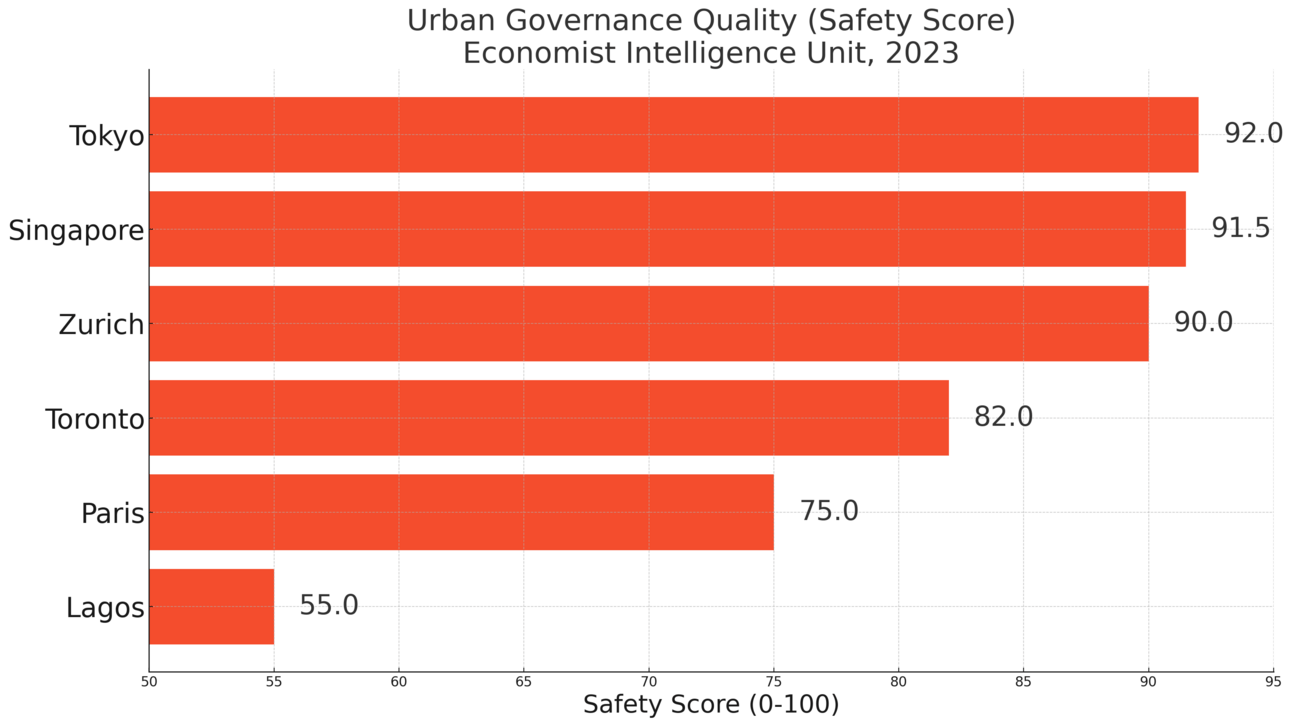
A city’s safety often rests not on its laws but on the trust between its people. In Helsinki, Copenhagen, and Vienna, this invisible shield binds communities together, creating an atmosphere where crime struggles to take root.
🇫🇮 In Helsinki, neighborhood watch programs aren’t just window dressing — they’re a testament to a culture where citizens look out for each other. Community meetings bridge gaps between residents and police, turning friction points into opportunities for collaboration.
🇩🇰 Copenhagen’s cycling culture is more than a health trend — it’s an urban design choice that sparks social interactions and builds the mutual respect that keeps streets safe.
🇦🇹 Vienna’s blend of social housing and integrated services ensures no one is left behind — a cornerstone of its impressive safety record. Here, inclusivity isn’t just a policy; it’s a way of life.
💡 Did you know? A staggering 80% of Helsinki’s residents trust their neighbors — among the highest rates of community trust on Earth.
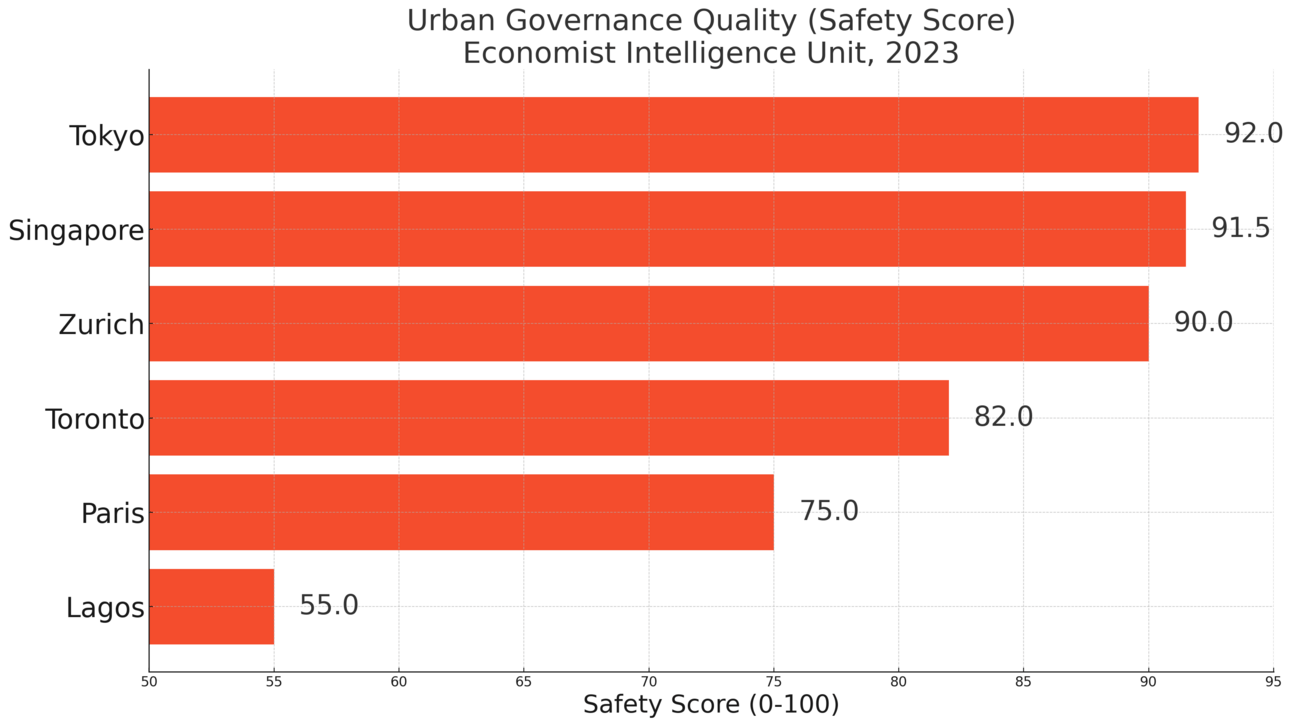
Safety thrives where prosperity flows — a truth evident in Oslo, Munich, and Auckland. These cities show that a stable economy can shield communities from crime and unrest.
🇳🇴 Oslo’s oil wealth funds robust social programs that cushion citizens against life’s uncertainties. The result? A population that feels secure both financially and physically.
🇩🇪 Munich’s high-tech industries and steady job growth leave little room for the desperation that can breed crime. Its commitment to affordable housing ensures prosperity reaches everyone.
🇳🇿 Auckland pairs economic dynamism with cultural investments — community arts and youth programs that offer alternatives to crime and foster belonging.
🔍 Insight worth noting: Munich’s unemployment rate regularly dips below 4%, one of the lowest in Europe — a powerful predictor of the city’s consistently low crime rates.
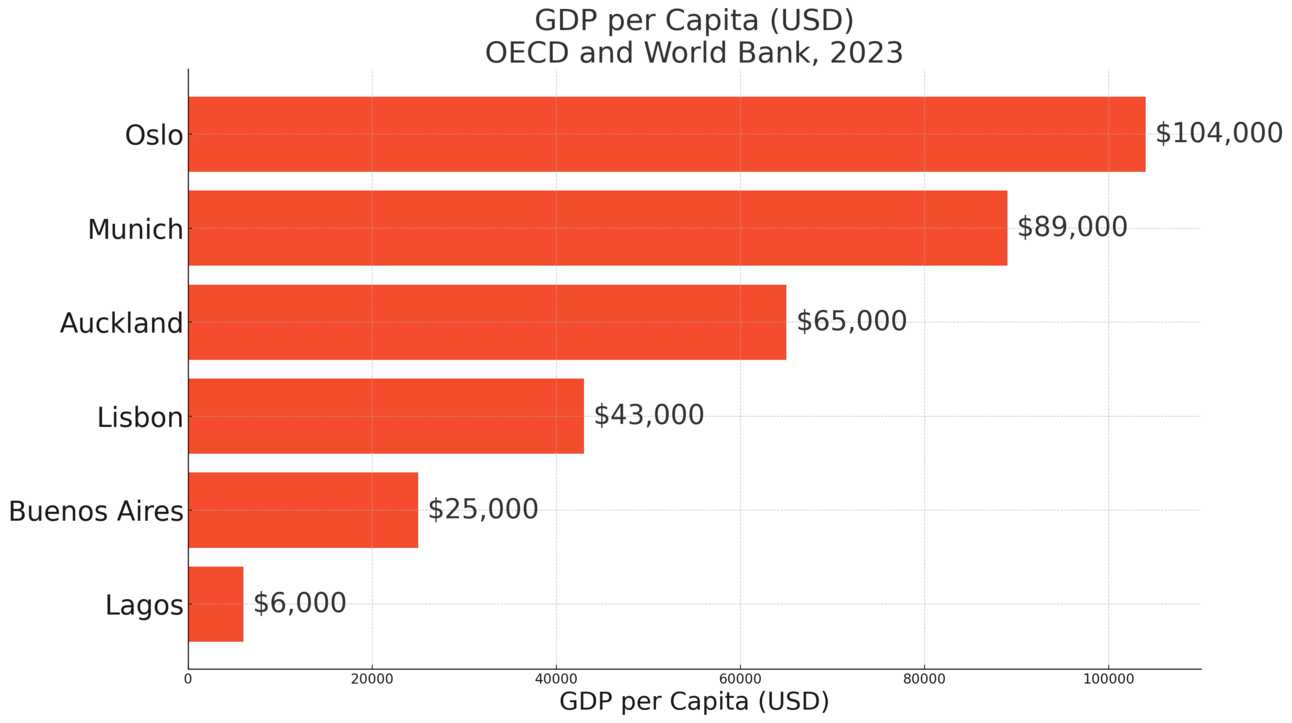
Ever wondered how a city’s layout can shape its safety? Look no further than Amsterdam, Melbourne, and Vancouver, where urban design is a silent guardian.
🇳🇱 Amsterdam’s world-class cycling network does more than cut emissions — it boosts safety. Well-lit paths and constant foot traffic leave no dark corners for crime to hide.
🇦🇺 Melbourne’s human-centered design transforms streets into vibrant public spaces. Pedestrian zones, trams, and open squares invite community life, making it harder for crime to lurk unseen.
🇨🇦 Vancouver’s mixed-use neighborhoods blend homes, shops, and services seamlessly. The result? A city where eyes are always on the street, deterring crime and building community spirit.
🌙 Surprising twist: Amsterdam’s “night mayor” initiative — an official role that oversees nightlife safety — has slashed nighttime incidents, proving that governance can shine even after dark.
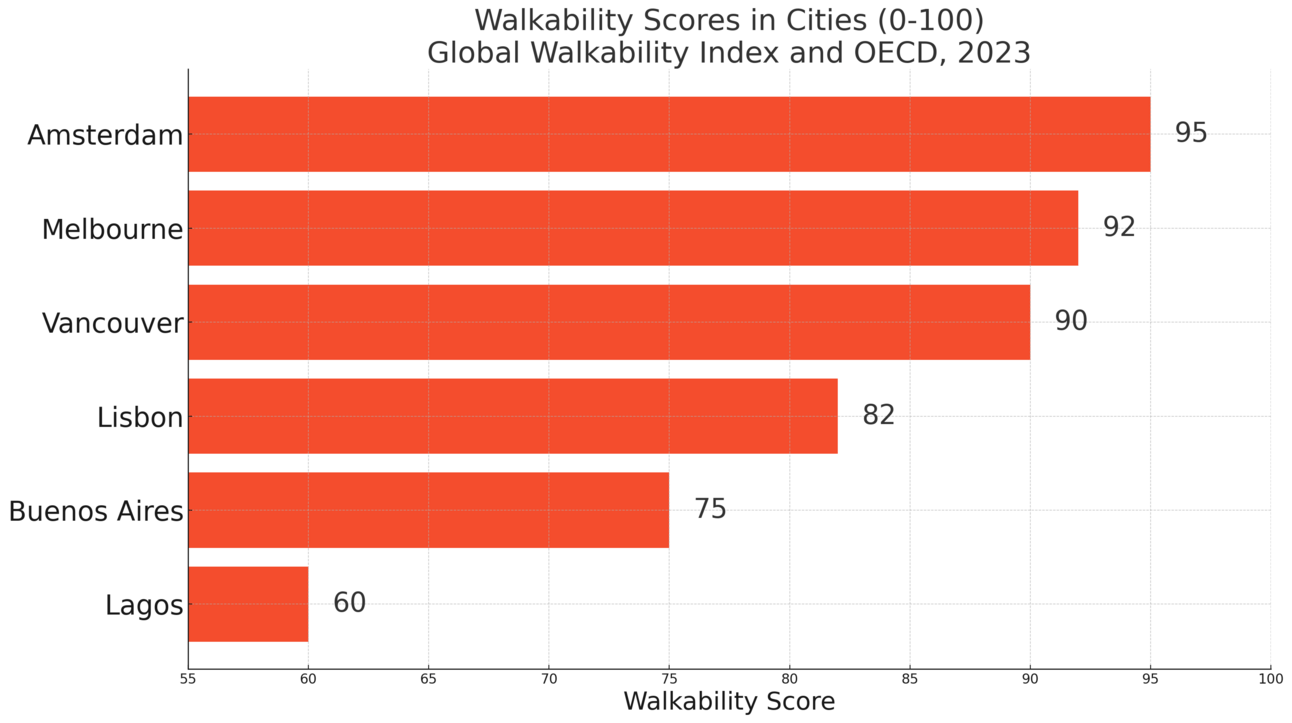
In the modern age, data doesn’t just inform — it protects. Singapore, Dubai, and Seoul are rewriting the playbook on blending technology with safety.
🇸🇬 Singapore’s 90,000 surveillance cameras feed real-time data to a high-tech command center. AI helps predict trouble spots and directs resources with surgical precision.
🇦🇪 Dubai’s Smart Police Stations — 24/7 hubs where residents can report crimes or get help without a wait — are a testament to efficiency.
🇰🇷 Seoul’s integration of traffic data, crime stats, and emergency services means help is just a click away. AI analyzes patterns to anticipate threats, turning chaos into calm.
💡 Tech tidbit: Dubai’s facial recognition software is so advanced it can identify potential security threats before they happen — a glimpse into the cities of tomorrow.
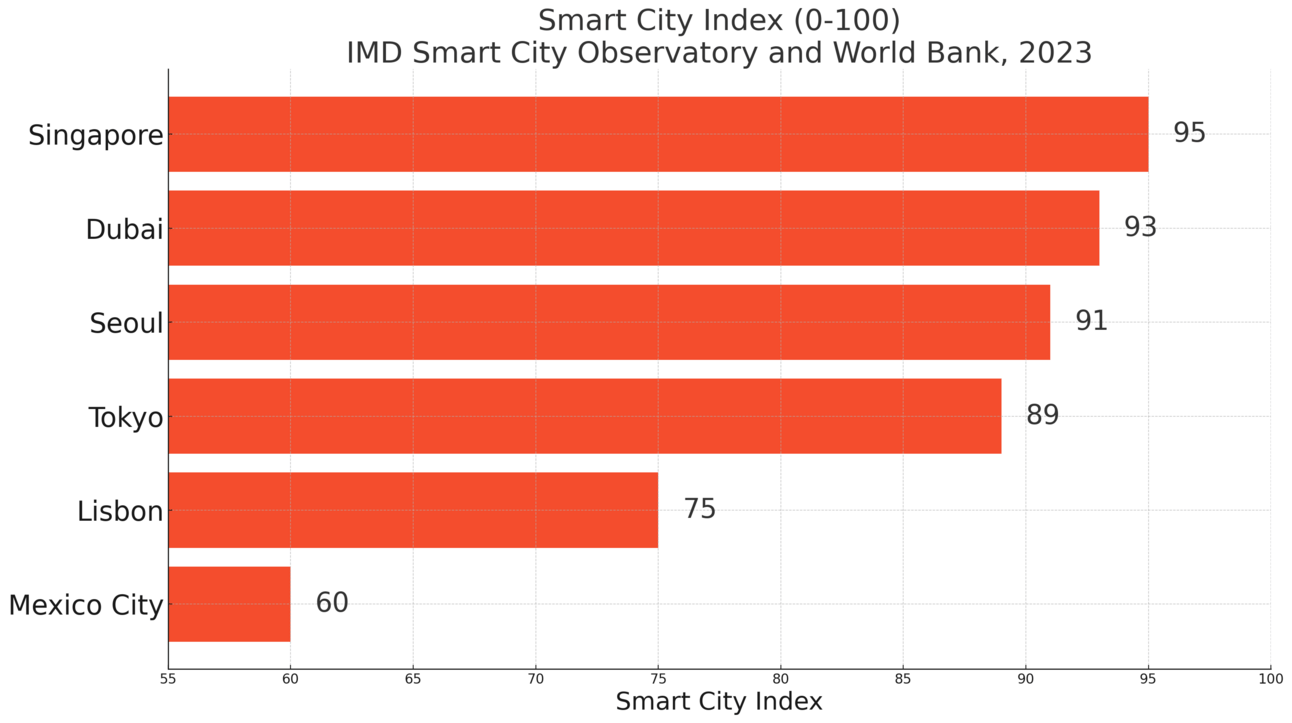
Not every safe city fits the mold. Ljubljana, Tallinn, and Montevideo prove that safety can thrive in unexpected corners of the world.
🇸🇮 Ljubljana’s old town and pedestrian-friendly streets draw visitors, but it’s the city’s focus on education and youth programs that keeps crime among Europe’s lowest.
🇪🇪 Tallinn’s e-governance, free Wi-Fi, and transparent bureaucracy foster trust, driving a 20% drop in property crime over the past decade.
🇺🇾 Montevideo, often overshadowed by flashier neighbors, has quietly embraced community policing and youth engagement — proving that even in challenging regions, hope blooms.
🔍 Eye-opening stat: Montevideo’s crime rate has fallen by nearly 30% since launching its “Safe Community” initiative — a model now studied by cities worldwide.
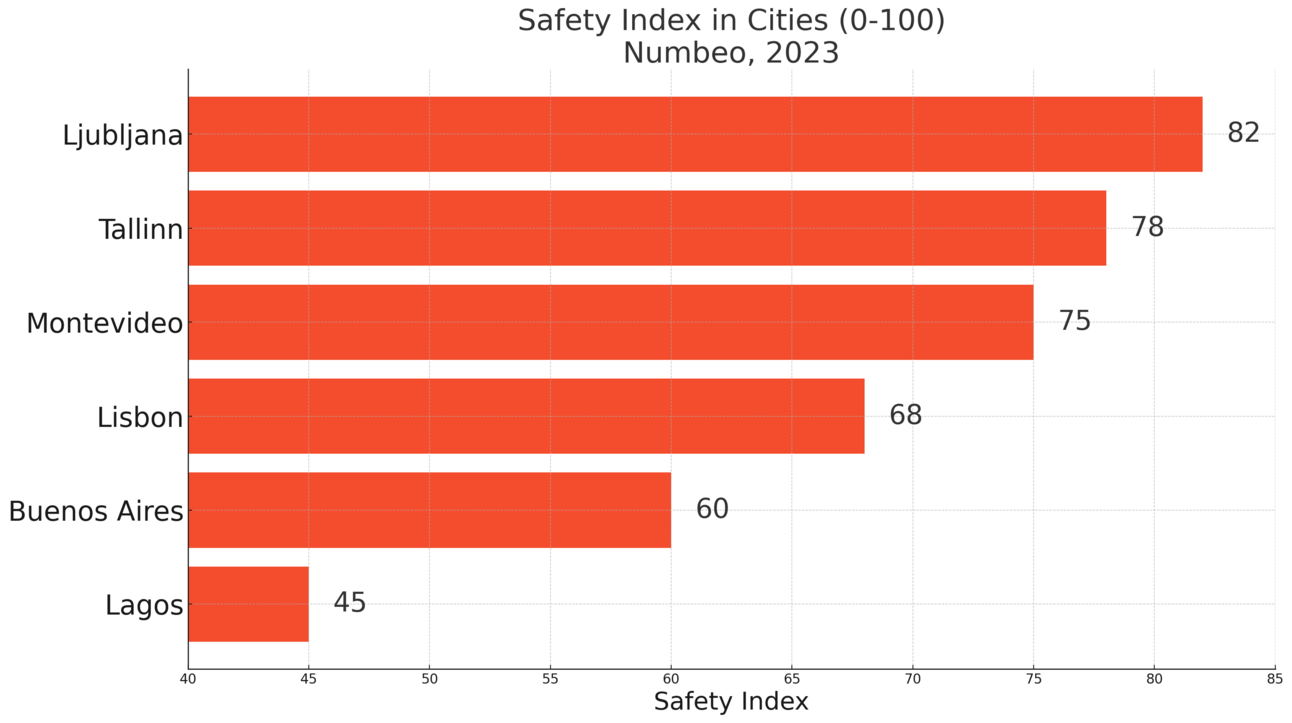
But here’s a truth worth pondering: even the safest cities wrestle with trade-offs.
🇸🇬 Singapore’s safety record is impressive, but it comes with extensive surveillance and regulations that some say stifle personal freedoms. 🇦🇪 Dubai’s efficiency draws admiration, but critics warn about the risks of life in a hyper-monitored world.
🇫🇮 Even in Helsinki and 🇯🇵 Tokyo, debates rise about balancing safety with openness. After all, a city’s soul lies in its people — their laughter, their creativity, and, most of all, their right to live free.
🔍 Surprising reminder: In Singapore, chewing gum is famously banned — a tiny example of how even the smallest policies can shape perceptions of freedom and control.
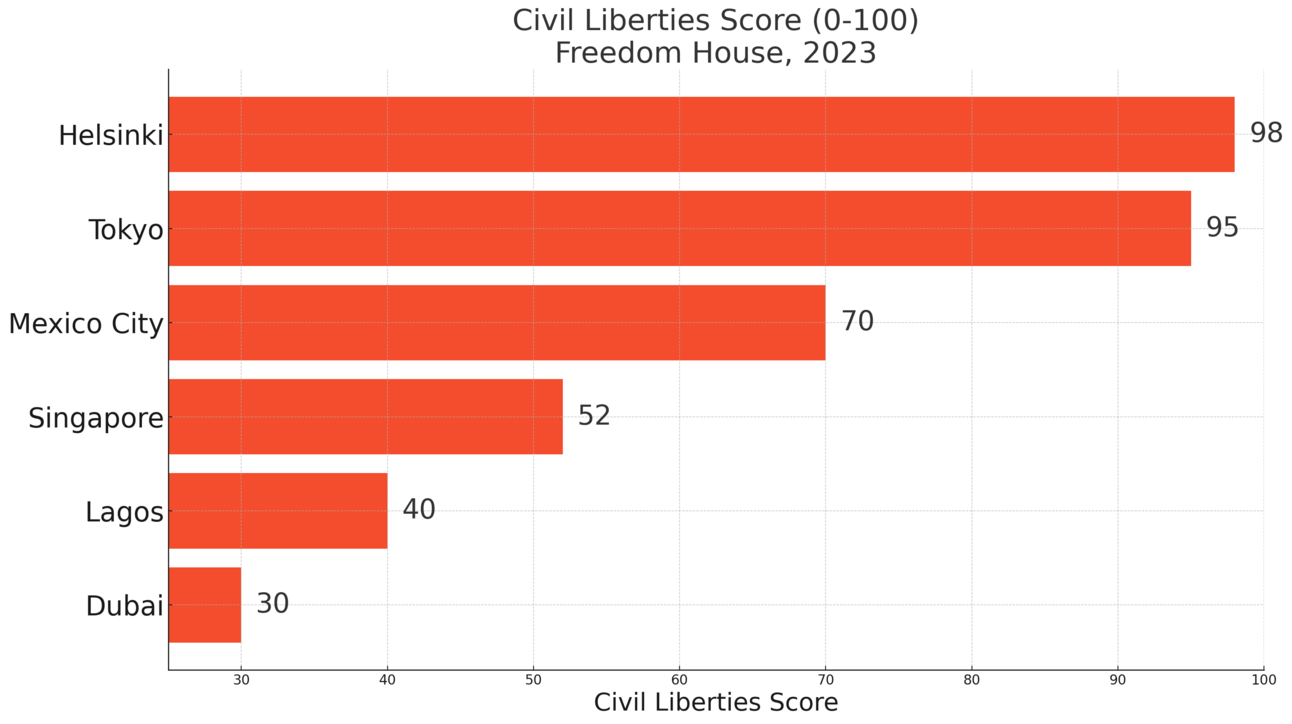
Safety isn’t a one-size-fits-all formula — it’s a dance between governance, trust, opportunity, and the respect we extend to one another. The world’s safest cities show us that innovation and community go hand in hand.
Stay curious, stay engaged, and keep exploring the data-driven insights that empower your every move.
Warm regards,
Shane Fulmer
Founder, WorldPopulationReview.com
P.S. Want to sponsor this newsletter? Reach 118,000+ global-minded readers — click here!
